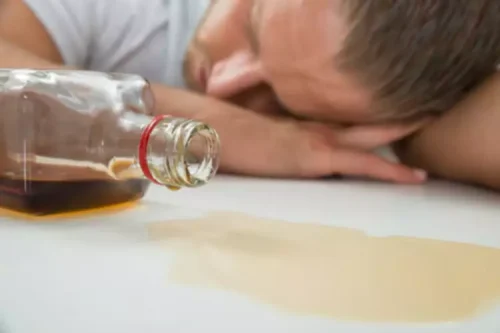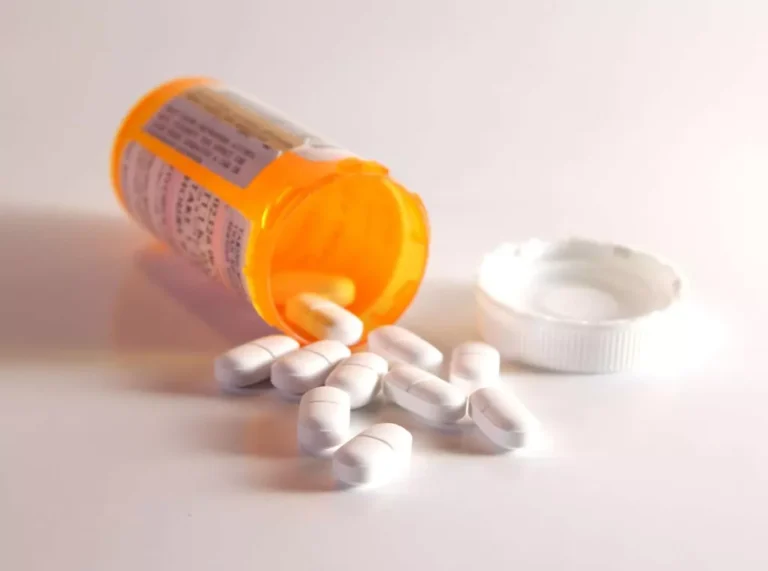۱۰ Best Art Therapy Exercises for Addiction Recovery

Through therapeutic treatments, clients learn how to access their emotions and get more comfortable with them. From there, understanding the why about emotional responses helps to better moderate and manage them when they arise. It’s often recovery painting ideas a painful and challenging process that fuels negativity and the resurgence of agonizing memories. As a non-profit we rely on donations, and without a major grant or big donor, our cause is solely supported by our Board of Directors.
- Each of these art projects is a great part of a journey toward recovery and can be completed in a residential treatment center.
- Expressive art therapy is an effective and complementary approach to substance abuse treatment.
- His art therapist encouraged him to draw a second picture of what he hopes to feel like a year from now.
- Rather than focus on the thought of relapsing, you can instead turn to your preferred art form.
Activities to Keep You in Recovery From an Addiction
Sharing these creations often sparks conversations, allowing you to connect and find common ground in shared experiences. These narratives will highlight the real-world application of art therapy and how it encourages profound changes in the lives of those battling addiction. Moving on from the scientific rationale for art therapy, the next section will share personal stories from those who have walked the path of recovery. Various studies noting its impact often emphasize how engaging in creative practices can lead to positive changes in brain chemistry and behavior, critical in the context of addiction treatment.
- However, the Barriers to Recovery exercise helps clients move from the contemplation stage into the preparation stage.
- You can also use collages as a way to remind yourself of other positive coping methods you turn to when you sense a meltdown coming.
- With the guidance of trained art therapy practitioners, these exercises can be a valuable tool in supporting long-term recovery and personal growth.
The Success and Feasibility of the IOP Program Massachusetts

Cinde regularly trains on topics ranging from 12-step based Dialectical Behavior Therapy and Spiritual Care principles to ethical practice and clinical supervision. Her core belief is that love is more powerful than the wounds we have experienced, and, in fact, can cause us to become our strongest at those places. You can explore different techniques in sessions to help you on your journey to recovery. Many people lose touch with their true selves when their primary relationship is with drugs or alcohol. Examine aspects if who you are and how you see the world through these art projects.
Addiction Recovery: Seven Great Art Project Ideas
Engagement with art activates the brain’s reward pathway, similarly to how some substances do, but in a healthy and constructive way. Zentagles are patterns created inside of “tiles” on a sheet of paper. Creating these structured patterns can feel relaxing, and you can even color them in with pens or pencils once you’re done. The process of mixing and molding the clay into a shape can feel very calming. Once you complete the jar, you can fill it with items that help you recall pleasant memories such as tickets or letters from a loved one.
- As they fill the jar with these emotion-evoking items, they’ll remember positive moments in their lives and bring up good sentiments.
- This makes it a meaningful part of any addiction recovery group activities.
- Remember, recovery is not just about leaving rehab; it’s about building a new, fulfilling life.
- Various studies noting its impact often emphasize how engaging in creative practices can lead to positive changes in brain chemistry and behavior, critical in the context of addiction treatment.
- From simple photo editing to creating short films or digital illustrations, technology expands the potential for self-expression and exploration within a therapeutic setting.
- As you explore these creative expressions, document your progress and experiences.
- As past chair of NAATP’s Ethics Committee, Jay was instrumental in important changes made to the organization’s code of ethics.
A trained therapist guides these sessions, which are adaptable settings like group counseling and medication-assisted treatment. When I consider the importance of art therapy in the context of overcoming addiction, it’s clear that it’s much more than a mere pastime. Sometimes, the weight of emotions, experiences, and the recovery journey itself can feel overwhelming. Or think of Ben, haunted by the trauma that fueled his substance abuse, finally able to process his experiences using clay sculptures. Moreover, the acts of drawing, painting, or sculpture can sometimes articulate thoughts and feelings that are otherwise difficult to express.
Beyond the obvious benefits of art for individuals in recovery, it’s obvious all of us could use more art in our lives. By engaging in expressive arts therapy, you can better understand and communicate your emotions while experiencing a safe and effective means of personal growth during your recovery journey. By using different artistic forms such as painting, drawing, or music, you can gain a better understanding of your addiction and mental health. This process helps to reduce stress, anxiety, and overwhelm, making it easier for you to cope with your challenges. You may feel ashamed that you’re meeting with a nonprofit or a treatment center. You may have experienced isolation from your family that is difficult to discuss.

Freedom to Focus on Patient Care



